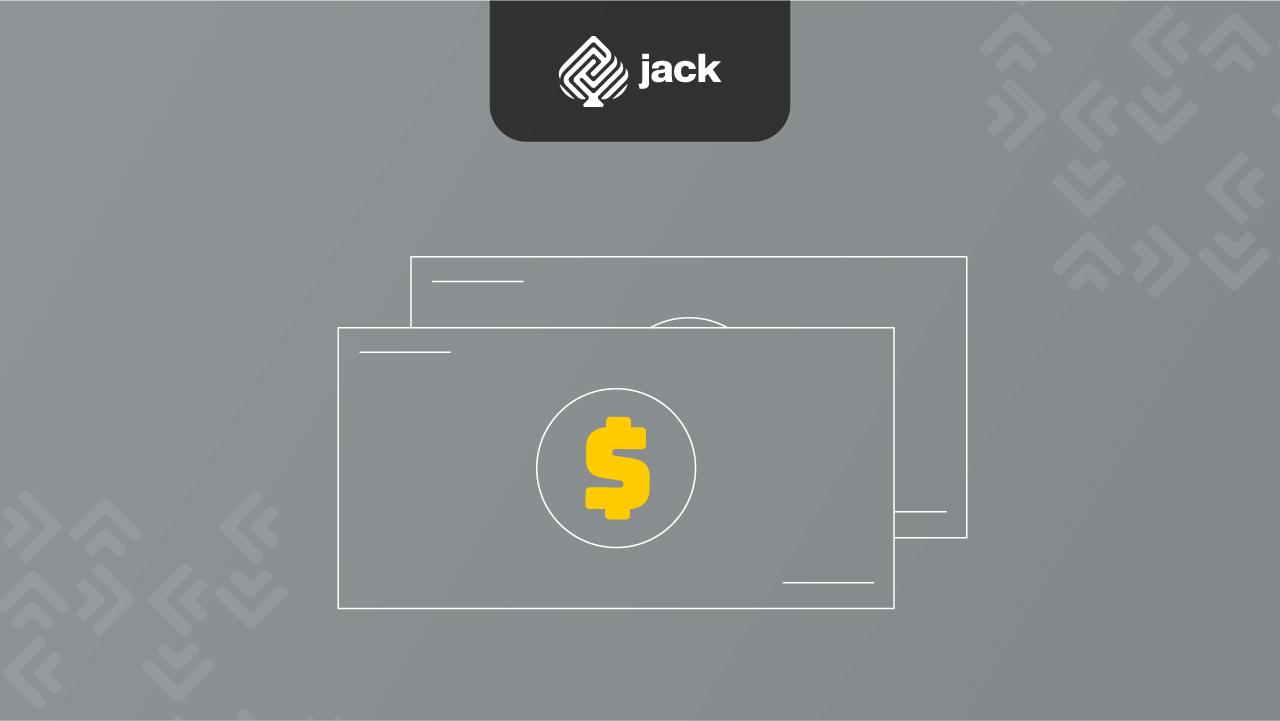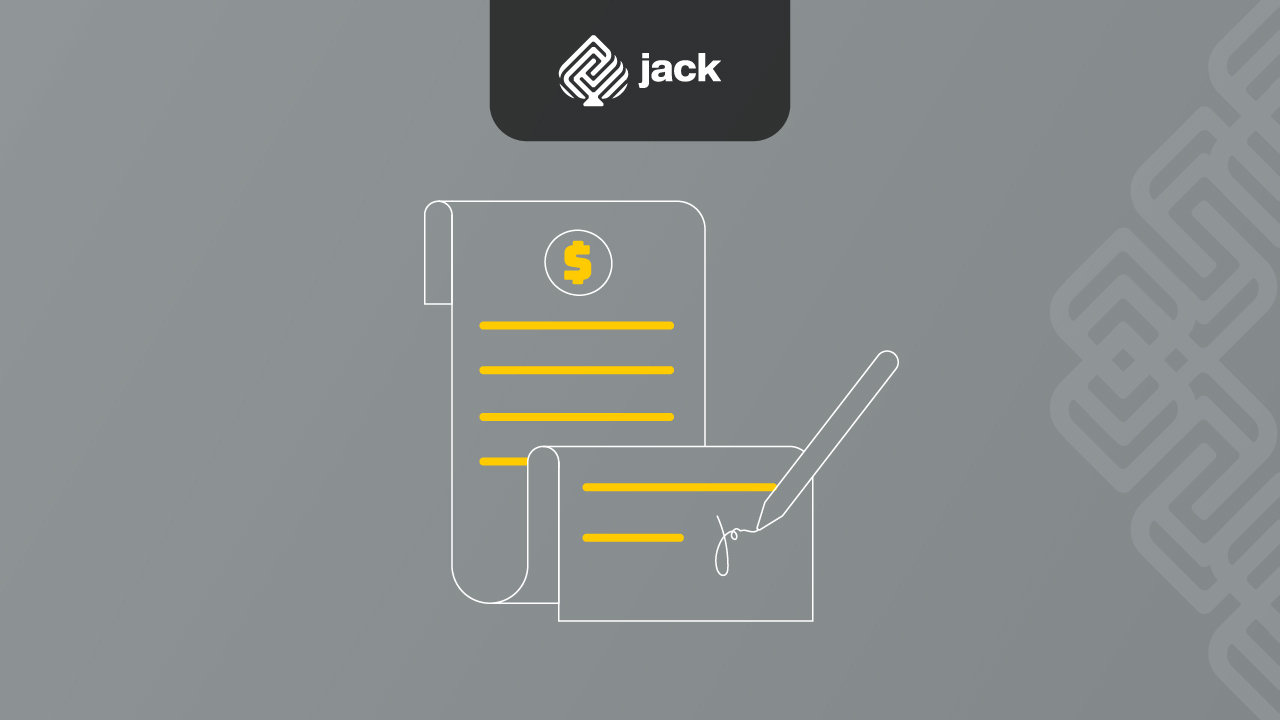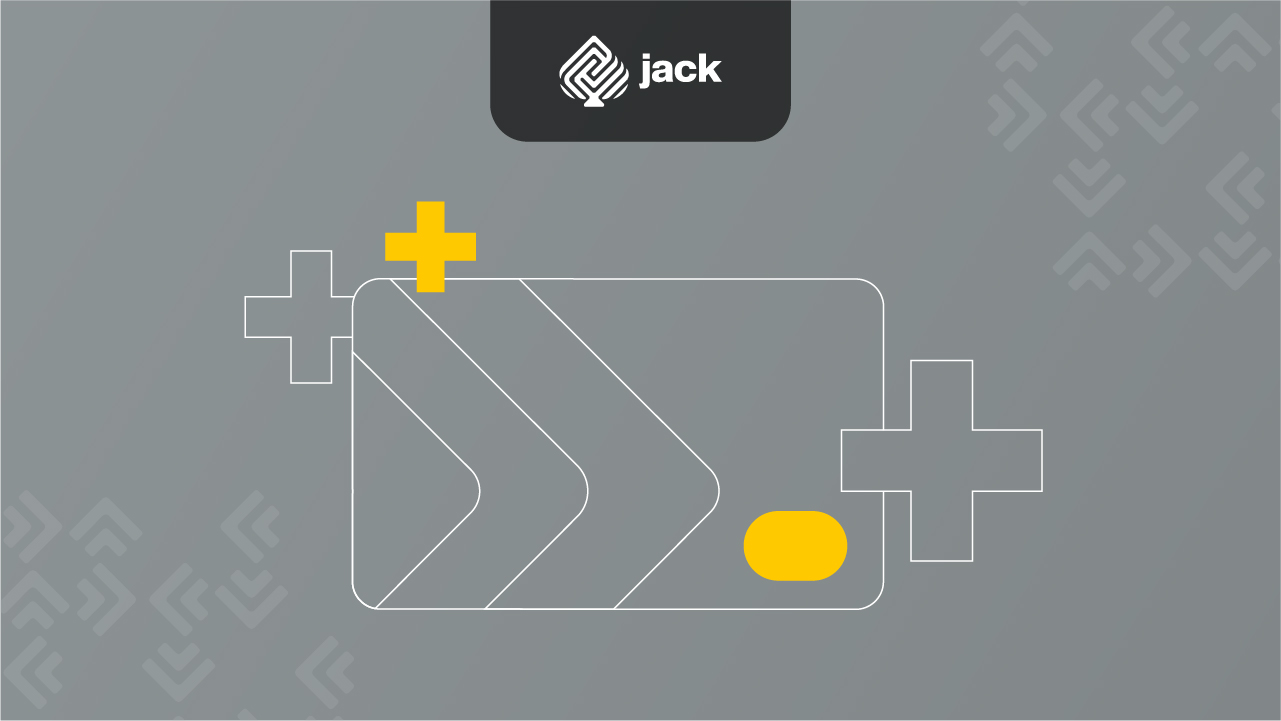When running a business, a company is inevitably involved in Current accounts receivable and payable transactions. It’s important to understand that accounts receivable represents the obligation to make payments for credit purchases within a specific period. There are various types of accounts receivable, and one well-known type is current accounts receivable.
To understand what current accounts receivable mean in business and its types, let’s explore the complete explanation below.
Definition of Current Accounts Receivable

Current accounts receivable, or current liabilities, are obligations that need to be settled within a period of less than one year. Additionally, the payment for current accounts receivable is typically made using the company’s current assets, such as cash and receivables.
The operating cycle is also referred to as the cash conversion cycle, representing the time it takes for a company to purchase inventory and convert it into cash from sales. Current accounts receivable is usually settled using current assets.
See Also: Corporate Credit Card: Definition, Types, Benefits, and How Cards Work for Startups
Current assets include cash and receivables. Furthermore, the current ratio is an important factor in determining a company’s ability to pay its debts when they become due.
Based on its characteristics, current accounts receivable can also be referred to as short-term debt. Besides the term short-term debt, there is also the term long-term debt, which will be explained in the following discussion.
Characteristics of Current Accounts Receivable

After understanding the definition of current accounts receivable, let’s examine its characteristics:
- Clearly agreed-upon nominal amount at the beginning of the agreement.
- The maturity of current accounts receivable is less than 12 months.
- Interest may or may not be incurred, depending on the speed of the involved parties.
- No collateral is required.
- Only accepts cash payments, not installment payments.
See Also: Easier, Automatic, and Real-Time Transactions with API Disbursement
Distinguishing Current Accounts Receivable and Long-Term Debt

For companies, short-term loans or current accounts receivable serve as essential sources of funding. Some differences between current accounts receivable and long-term debt are as follows:
1. Time Period
The difference between current accounts receivable and long-term debt lies in the time period. Current accounts receivable have a maturity of less than one year, whereas long-term debt has a maturity exceeding one year.
2. Interest Given
Current accounts receivable usually have a higher interest rate compared to long-term debt. This is because short-term loans typically have shorter maturities, which increases the risk for the lender.
3. Convertibility
Some types of current accounts receivable can be converted into company shares or other financial instruments. This can be an effective way to reduce the company’s financial burden.
4. Contracts
Current accounts receivable usually have contracts that specify the interest rate, term, and required payment type.
5. Payment
Current accounts receivable typically have strict payment schedules, meaning debts must be paid on time.
6. Risk
Lastly, current accounts receivable carry higher risks compared to long-term debt. Companies that use short-term loans must consider the risk of default that may occur.
Types of Current Accounts Receivable

After understanding the differences, let’s now explore the types of current accounts receivable as follows:
1. Estimable Current Accounts Receivable
Examples of this type include gift receivables, warranty receivables, and income receivables. Here are their explanations:
- Gift Receivables: Short-term receivables with a specific amount of money that the company must collect when distributing gift coupons.
- Warranty Receivables: This type is related to products sold by the company. Warranty receivables represent the company’s guarantee of the quality of a product.
- Income Tax Receivables: Income tax falls into the category of short-term debts as it can create payment obligations for the company based on its earnings.
2. Determinable Current Accounts Receivable
Examples include Dividends, Trade receivables, Promissory notes, Salary payable, Employee bonus payable, Accrued expenses, and Unearned revenue. Here are their explanations:
- Dividend Payable: Dividends or profits distributed. In dividend distribution, the company allocates a portion of the profits to shareholders as owners of capital.
- Trade Receivables: The company makes purchases on credit. The settlement of these transactions is based on the agreement between the parties involved.
- Promissory Notes Payable: Essentially similar to trade receivables, it represents the payment obligations for credit transactions of a specific item. The difference lies in the formal agreement.
- Salary Payable: Salary payments have a specific time frame. However, in some situations, salaries cannot be paid to employees, resulting in salary payable.
- Employee Bonus Payable: Unpaid employee bonuses also fall into the category of current accounts receivable until the payments are settled.
- Accrued Expenses: Accrued expenses in short-term debts represent payment obligations for specific transactions that the company has not yet paid due to reasons such as the absence of billing or technical payment issues.
- Unearned Revenue: When a customer places an order for a product and pays partially or in full, unearned revenue is classified as accounts receivable. The debt is resolved once the company fulfills the customer’s order.
3. Based on Financial Management
Lastly, let’s consider the classification based on financial management. Here are the divisions:
- Consumer Debt: This type of debt is intended to fulfill non-business needs. The borrower does not intend to expand their business with this loan. Examples include daily expenses, home repairs, motorcycle servicing, and similar expenses.
- Productive Debt: This type of debt is intended for business expansion. Unlike consumer debt, productive debt is a loan that can generate more income for the borrower. Examples of productive debt include working capital loans, property and business premises development, investments, and so on.
Use Jack for your business needs
That concludes the understanding of current accounts receivable in business and its types. We hope this information has been beneficial.






